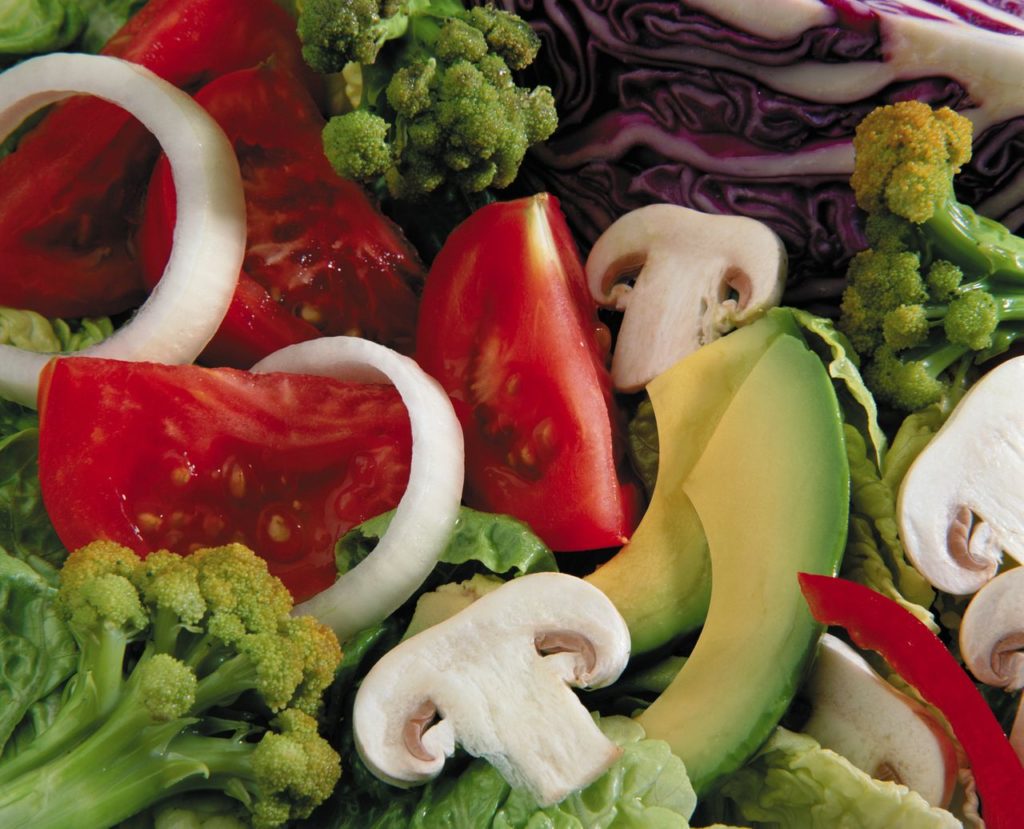
While there are different names for mast cell diseases, most of them have similar symptoms. Some people get the diagnosis of Mast Cell Activation Sydrome (MCAS), while others might get a diagnosis of Mast Cell Activation Disease (MCAD). The truth is, they both fall under the umbrella of Mast Cell Disease, as does Mastocytosis.
No matter the diagnosis, it can be difficult to figure out which foods are causing an issue for mast cell patients. The best way to address it is by keeping a food & symptom diary. You can use a notebook or an app to jot down what you ate, what time you ate it, and any symptoms you experience.Â
A food diary allows me, as the dietitian detective, to look for patterns. Sometimes I find a specific food is a culprit, other times I have to scrutinize the data. More often than not there is a common additive in foods that are being eaten unbeknownst to the patient. So, while there is no pattern in the foods consumed, the ingredient list shows otherwise.
Talk to your doctor or dietitian about keeping a food and symptom diary.Â
Want to try a low-histamine diet to see if it will help your mast cell disease symptoms? You can see a list of the complete low histamine foods to avoid HERE. Check out my low-histamine meal plan giveaway HERE.


